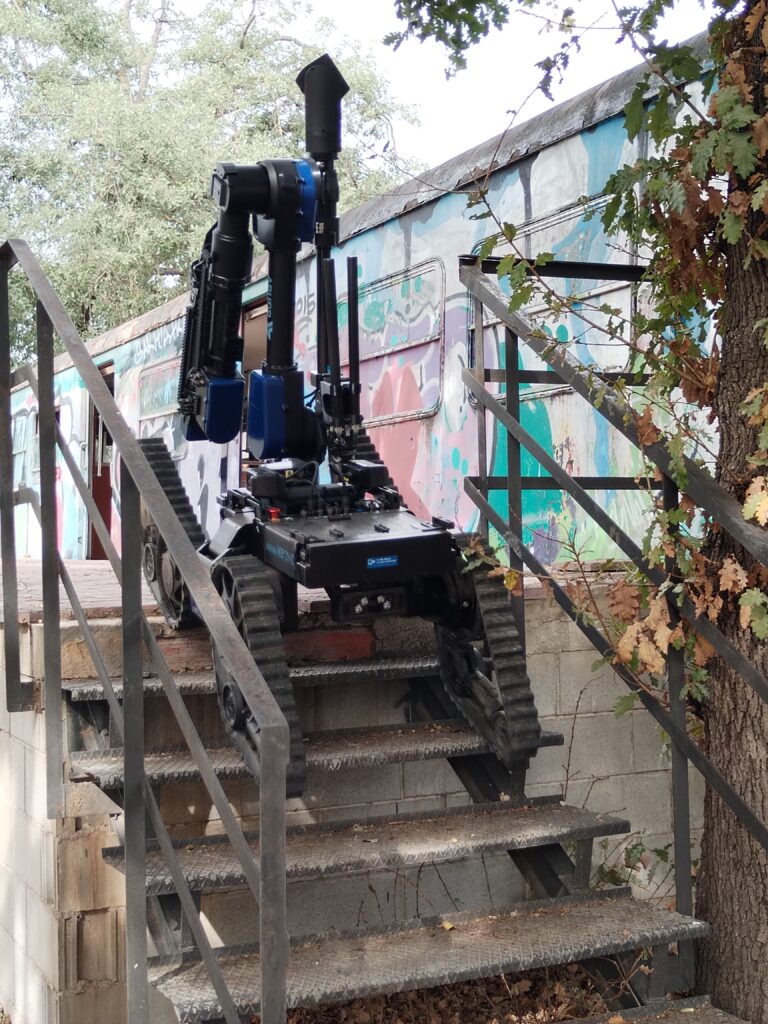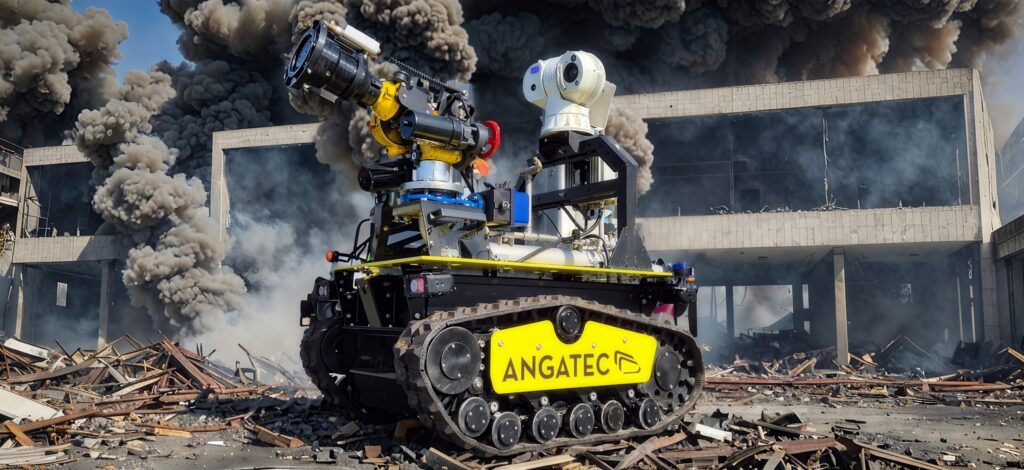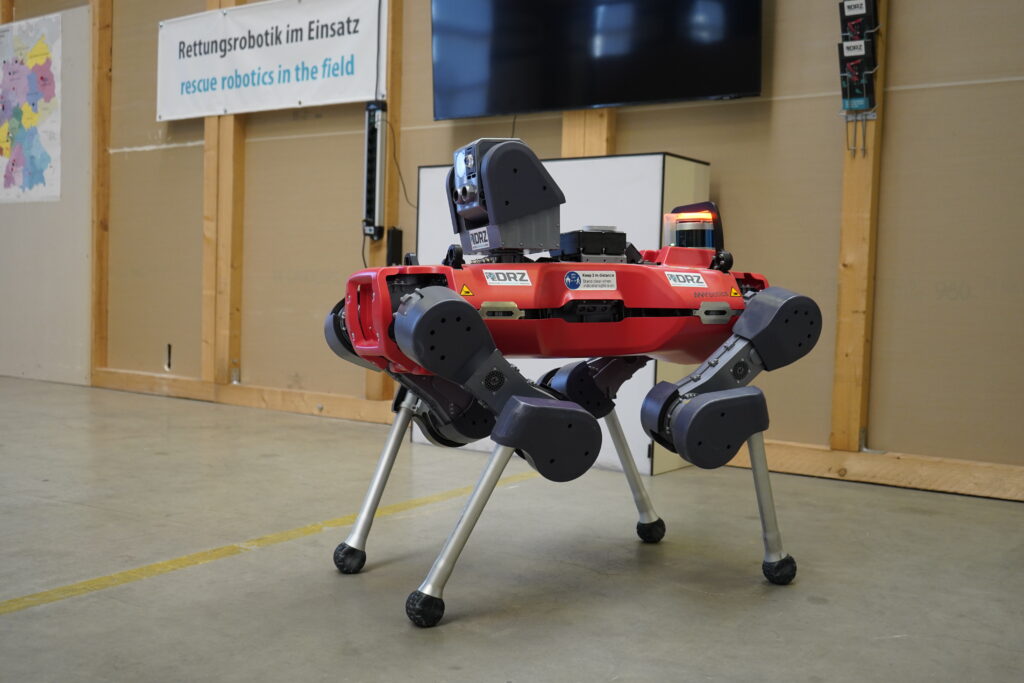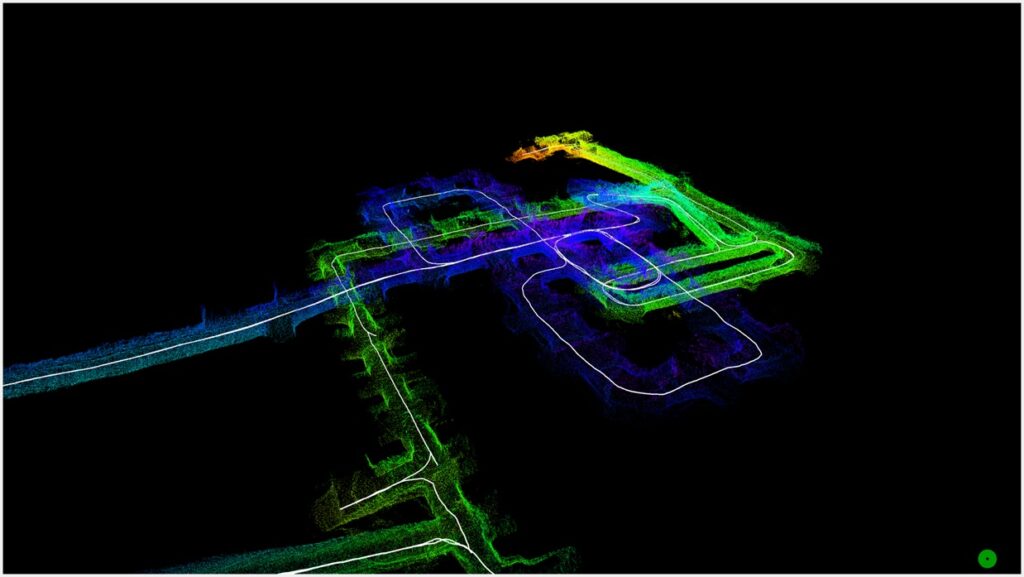In the critical moments following a disaster, every second is vital. But what happens when the environment is too dangerous for human first responders to enter? Imagine a world where a team of intelligent robots can navigate smoke-filled corridors, scan unstable structures, and locate victims, all while feeding real-time data back to a human-operated command center. This is not science fiction; it is the mission of the CARMA project.
The CARMA platform is a groundbreaking initiative aimed at creating a symbiotic workforce of humans and robots for disaster response. In this post, we will take a deep dive into the incredible methods and algorithms that power CARMA’s smart Unmanned Ground Vehicles (UGVs), exploring how they see, think, and act in the world’s most challenging environments.
Meet the Robotic First Responders
At the heart of CARMA is a versatile team of Smart UGVs, each designed for specific challenges:
- The Smart Arm-Tracked UGV: This UGV features flippers for enhanced mobility, capable of climbing stairs on a ship, for example and a robotic arm for intricate tasks, following the design of the AUNAV NEO HD UGV.

- The Smart Modular Tracked UGV: A robust and adaptable robot built on the existing TEC800, designed for all-terrain navigation and equipped with advanced sensors.

- The Smart Quadruped UGV: Leveraging the agility of the Anymal robot, this UGV is designed for exceptional stability and movement across highly uneven terrain.

A Sixth Sense for Hazardous Environments
How can a robot navigate a collapsed building with zero visibility? The answer lies in a novel multi-sensor module, which is the sensory hub of every CARMA UGV.
The module fuses data from 3D Radar, LiDAR, RGB-D and Thermal Cameras, acoustic sensors and IMUs.
Using advanced machine learning and deep neural networks, the system merges these data streams to detect humans, identify hazards, and build a globally consistent 3D map of the disaster zone in real time.
CARMA also leverages xtonomy’s advanced radar technology to see through thick smoke and dust. Imaging radars are a perfect synergy to optical systems and enhance the robot perception as the see through particles due to their favorable wavelength. Initially developed for rough mining applications, this technology is adapted to rescue applications in GNSS-denied or –challenged environments. Advanced SLAM algorithms are used to localize the robots in unknown environments and create a map of the disaster scene in real-time as shown in the image below. Furthermore, radars serve to detect objects such as rocks to avoid collisions.

The Final Word
The CARMA project is redefining disaster response, by uniting robotic platforms, multi-modal sensing, advanced AI, and seamless human–robot collaboration. It is making a step forward to create an ecosystem where technology and human expertise work hand in hand to save lives. CARMA is not just about building robots — it’s about delivering smarter, safer, and more resilient solutions for the frontline first responders who protect us all.
